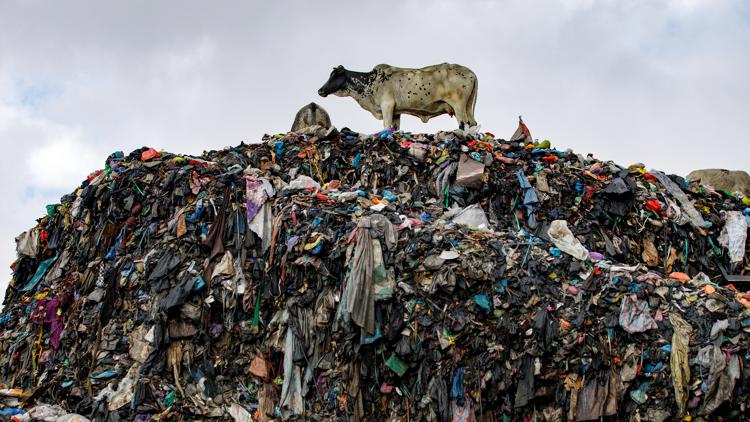WASHINGTON D.C., DC — Story from The Conversation by Paula M.
Carbone , Professor of Clinical Education, University of Southern California. Fast fashion is everywhere — in just about every mall, in the feeds of influencers on social media promoting overconsumption , and in ads constantly popping up online. Its focus on the continual production of new clothing is marked by speedy fashion cycles that give it its name .
Fast fashion is intended to quickly copy high-end designs, but with low-quality materials, resulting in poorly made clothing intended to be worn once or twice before being thrown away . One of fast fashion’s leading companies, Zara, has a mission to put clothes in stores 15 days after the initial design. Another, Shein, adds up to 2,000 new items to its website daily.
While others in the fashion industry are working toward more sustainable clothing, fast fashion is focused on profit. The market’s value was estimated at about US$100 billion in 2022 and growing quickly. It’s a large part of the reason global clothing production doubled from 2000 to 2014 .
The big winners in this game are the corporations. The industry has a reputation for exploiting workers and for excessive pollution and extraordinary waste . Consumers are pulled into an unhealthy, spiraling pressure to buy more as cheap clothes fall apart fast.
Fast fashion also has a growing impact on the global climate. It is responsible for an estimated 8% to 10% of global greenhouse gas emissions , .


















